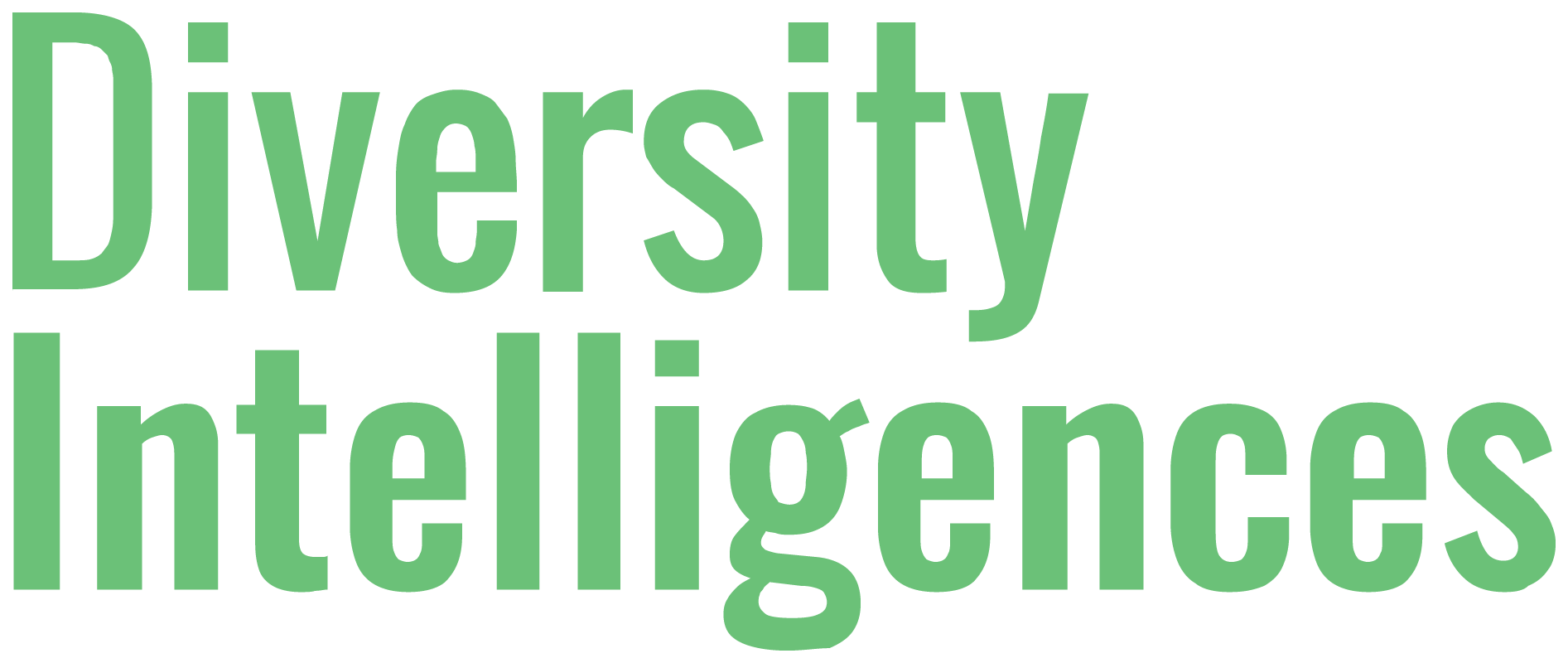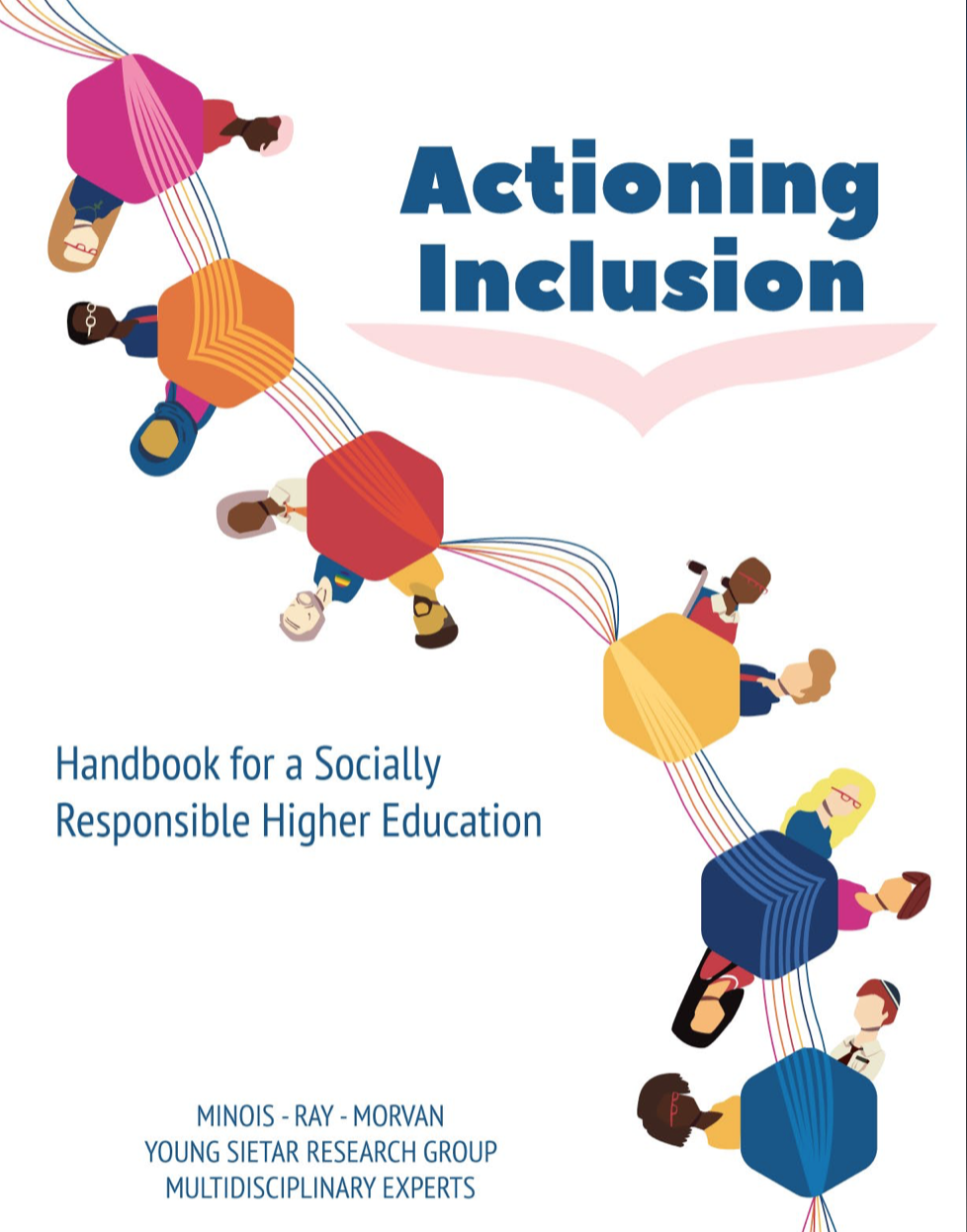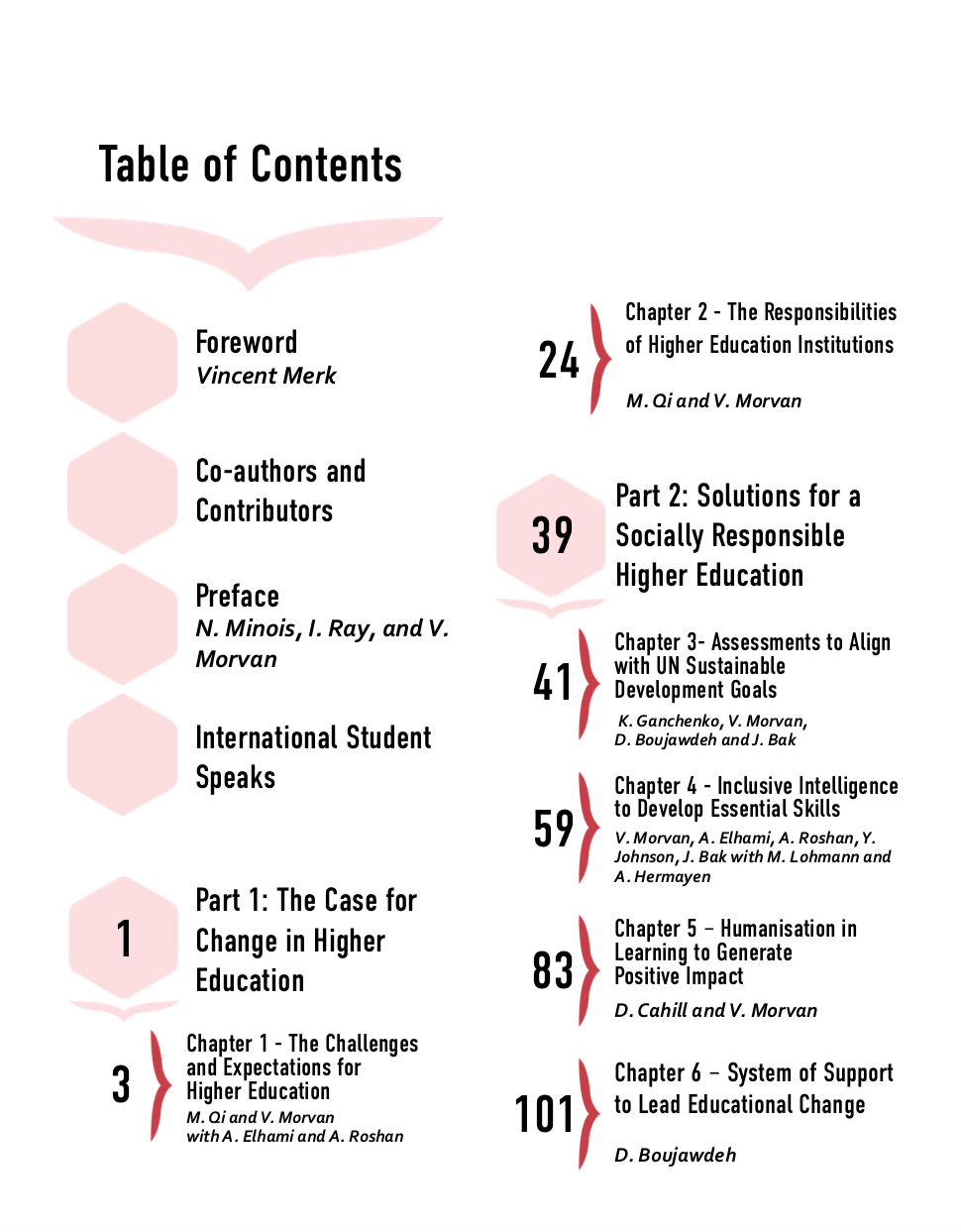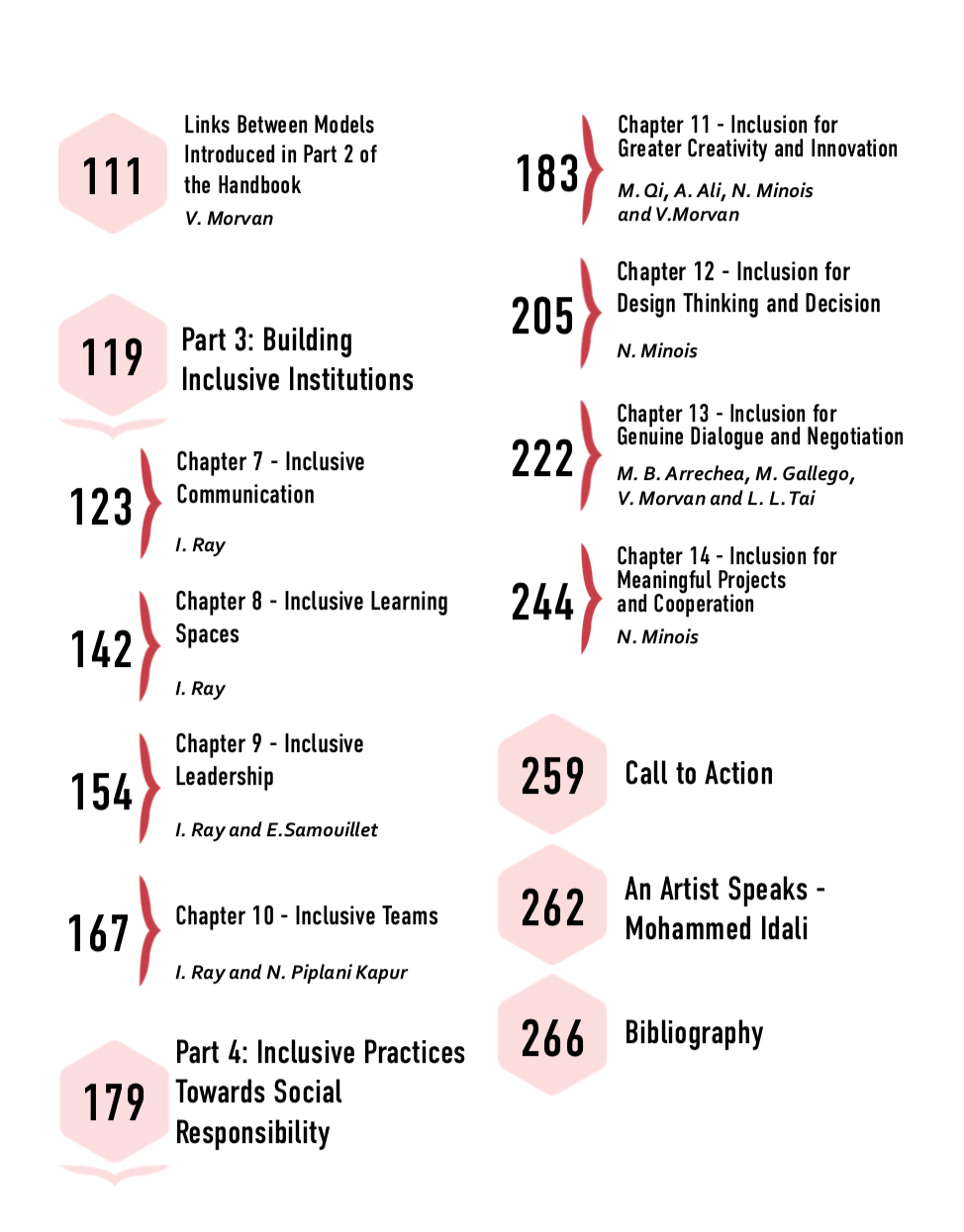A HANDBOOK FOR A SOCIALLY
RESPONSIBLE HIGHER EDUCATION
THE 4 PARTS AND 14 CHAPTERS OF ACTIONING INCLUSION
Part 1. The case for change in Higher Education
In the opening section of the book, we identify the challenges of HEIs in today’s complex world in the face of trends, forces and challenges that form an integral part of the ecosystem they function in. These challenges are looked at from multiple perspectives to highlight the plurality of the situation. The section then goes on to discuss the responsibilities that HEIs could shoulder to work towards building inclusive and stronger communities that work in partnership for a sustainable future.
Part 2. Solutions for a Socially Responsible Higher Education
Part 2 follows up to the first part with concrete approaches and models to work towards a socially responsible Higher Education network. We introduce three models in this part that cover the journey from evaluating where HEIs stand today with respect to inclusion and moves towards skill-building and humanisation in learning. From strong foundations in UN SDGs and relevant theory to defining concrete actionable steps, these chapters present a comprehensive approach towards building socially responsible HEIs. The section concludes in a meaningful demonstration of how inclusion efforts were actioned in a Higher Education context in Lebanon.
Part 3. Building inclusive institutions
Part 3 delves further into the human-centric approach of how institutions can become more inclusive. From making everyday communication inclusive to building teams that thrive on innovation, this section takes the reader through the journey of inclusive learning spaces and leadership. Each chapter puts people at the centre of the context and therefore, makes inclusion not only actionable but accessible. It is not a handful of extraordinary people who will action inclusion, it takes mindful efforts from each and every ordinary individual to bring the change we want to see in the world. Part 3 tells us how.
Part 4. Inclusive practices towards Social Responsibility
In the last part, we build a range of inclusive practices you can use to develop in your institution. We look at the practical aspects of implementing what was covered before in the handbok. We look at how diversity can drive creativity and innovation and how this benefits HEIs and its stakeholders. We show you how to use design thinking in your institution to design solutions, processes, whatever you need to design while ensuring all the users’ needs are listened to and answered. We also discuss the topic of decision-making, a process that is not always defined and optimised in HEIs. HEIs are places for dialogue and also negotiation and we look at how these can be made inclusive and socially responsible for the benefit of all parties involved. HEIs thrive on projects and collaborations and we will show you how to make these more successful by increasing inclusion.




There are no reviews yet.